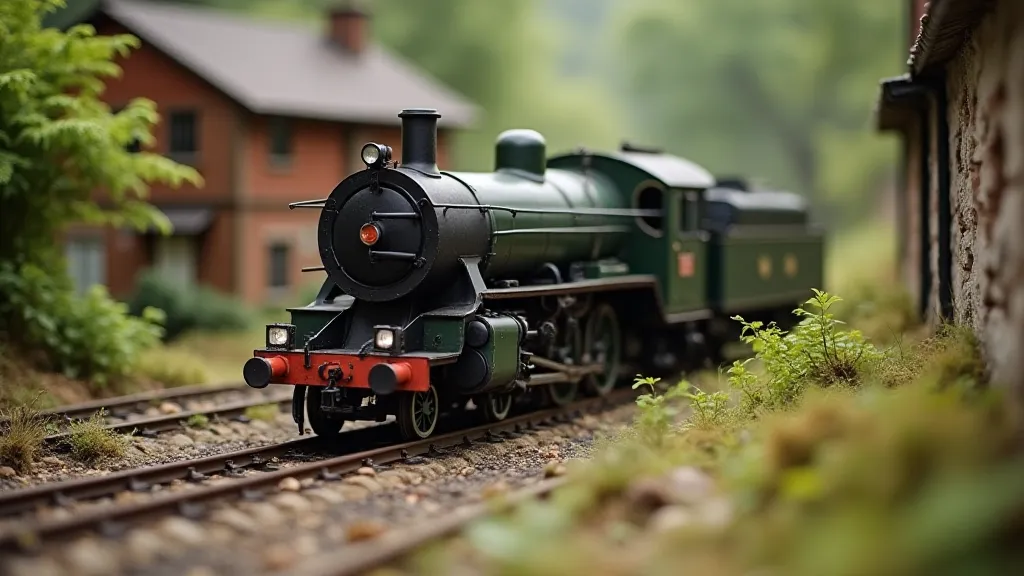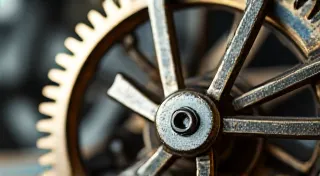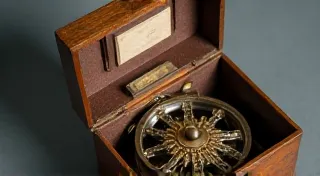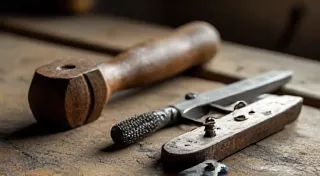The Flow of Time: Designing for Dynamic Operations and Narrative
There’s a quiet beauty in things that bear the mark of time, isn't there? A worn leather armchair, a chipped ceramic teapot, a faded photograph – each holds a silent story. As miniature railway hobbyists, we often strive for accuracy, for the perfect replication of a specific era. But what if, instead of simply replicating, we could imbue our layouts with the feeling of time’s passage? A true miniature railway isn’t just a collection of trains and scenery; it’s a window into a world, a narrative unfolding before our eyes. It's a chance to evoke something beyond the technical, something resonant with human experience.
I remember finding my grandfather’s accordion tucked away in the attic years ago. It was a Hohner, a classic, its bellows stiff and cracked, some keys stubbornly silent. It wasn’t just an instrument; it was a tangible link to a man I barely knew, a silent testament to dances and laughter long past. The careful craftsmanship of the bellows, the precise placement of the reeds, the scent of aged wood and leather – it all whispered of a different era, of patient hands and artistic dedication. Bringing that accordion back to playing order, carefully cleaning and repairing its mechanisms, felt like resurrecting a fragment of a lost world.

Beyond the Static Display
Many new entrants to the miniature railway hobby approach layout design with a primarily visual goal: to create a pleasing scene. This isn't inherently wrong, but it often leads to a static, lifeless creation. A beautiful backdrop, perfectly placed locomotives – these are pleasant to look at, but they don't tell a story. To create a layout with dynamic operations and a compelling narrative, we need to think beyond the visual. We need to consider the activities happening on our miniature world. What were the industries driving the railroad? Who were the people relying on it? What were the challenges they faced?
Consider the evolution of railway operations. In the early days, trains were driven by necessity – transporting goods and people where roads were impractical or nonexistent. Later, with increasing competition and the rise of automobiles, railroads adapted, prioritizing passenger comfort and speed. Our layouts can reflect these changes. A logging railroad in the early 1900s will have a very different feel than a streamlined passenger service of the 1950s. Adding details reflecting the era – the type of freight cars used, the buildings alongside the track, even the style of signage – can dramatically enhance the narrative.
N Scale Track Planning: Embracing Constraints for Realism
For those working in N scale, the inherent space limitations present unique challenges and opportunities. The small size forces us to be more creative with track planning. While larger scales allow for sprawling landscapes and intricate sidings, N scale requires a more streamlined approach. Yet, these constraints can be a strength. Tight curves and short sidings mirror the realities of many smaller, branch-line railroads.
Think about the practicalities. Branch lines often had to make the most of available space. Squeezing a spur into a narrow gorge, sharing track with a local factory – these are the elements of a compelling narrative. Don’t be afraid to use reverse loops strategically to create the illusion of a larger network. Carefully planned grades can also add realism, mimicking the gradients of real-world railways.
HO Scale Engine Maintenance: A Window into the Workings
Including a small engine servicing area on your HO scale layout isn't just about adding detail; it’s about showcasing the human effort behind the operation. A roundhouse, a coaling tower, a small machine shop – these are all opportunities to tell a story. Add figures representing mechanics and firemen, and suddenly your layout becomes more than just a scenic display; it’s a snapshot of a working railway.
The detailing in these areas is key. Tools scattered around a workbench, piles of spare parts, a faded instruction manual – these seemingly minor details add a layer of authenticity. Consider weathering your locomotives and rolling stock to reflect the constant grime and wear and tear of regular use. A pristine, brand-new engine is far less believable than one that shows the marks of its working life.
Miniature Railway Scenery: The Art of Atmospheric Detail
Scenery is arguably the most critical element in creating a dynamic and narrative-driven layout. Forget picture-postcard perfection. Embrace imperfection. A few overgrown weeds, a crumbling stone wall, a fallen tree – these are all elements of a realistic, lived-in world.
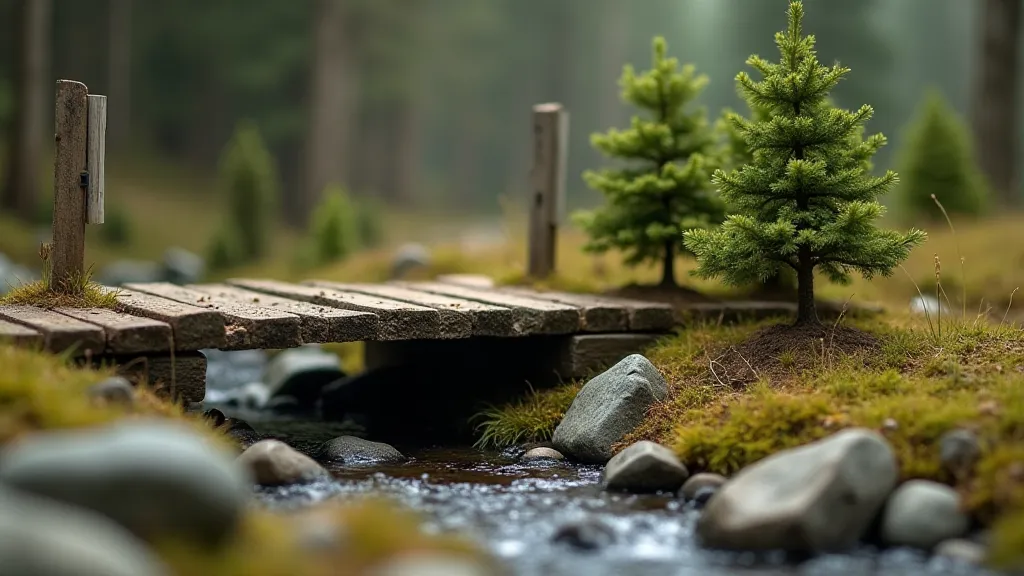
Consider the impact of weather. A light snowfall can transform a familiar scene, while a sudden rainstorm can create a sense of urgency. Use subtle lighting techniques to mimic the changing light conditions of the day. A warm, golden glow can evoke the feeling of a summer evening, while a cool, blue light can create a sense of melancholy.
Railroad Detailing Guide: Adding the Human Touch
The smallest details often have the biggest impact. A discarded newspaper, a child’s toy left on a platform, a farmer waving from his field – these seemingly insignificant elements can bring your layout to life.
Think about the people who would have used and worked on the railway. What were their lives like? What were their routines? By imagining the stories of the people connected to your railway, you can add a layer of authenticity that is difficult to replicate through purely technical accuracy.
Model Railroading Troubleshooting: Embracing Imperfection
Real-world railways weren’t perfect. They faced constant challenges – derailments, delays, equipment failures. Don't shy away from including these imperfections in your layout. A stalled train, a broken-down piece of equipment – these can be opportunities to add drama and realism.
The act of troubleshooting a problem on your layout can also become part of the narrative. Imagine a young apprentice mechanic frantically trying to repair a broken-down engine, while a frustrated stationmaster tries to explain the delay to a group of impatient passengers. These small moments of human drama can elevate your layout from a static display to a dynamic and engaging experience.
Just like restoring my grandfather’s accordion – piecing together its fragmented past, bringing its music back to life – crafting a miniature railway layout with depth and narrative involves more than just technical skill. It requires imagination, empathy, and a deep appreciation for the stories that connect us to the past. The goal isn’t just to replicate, but to evoke; to create a world that feels real, that resonates with the human experience, and that whispers tales of time's passage.
